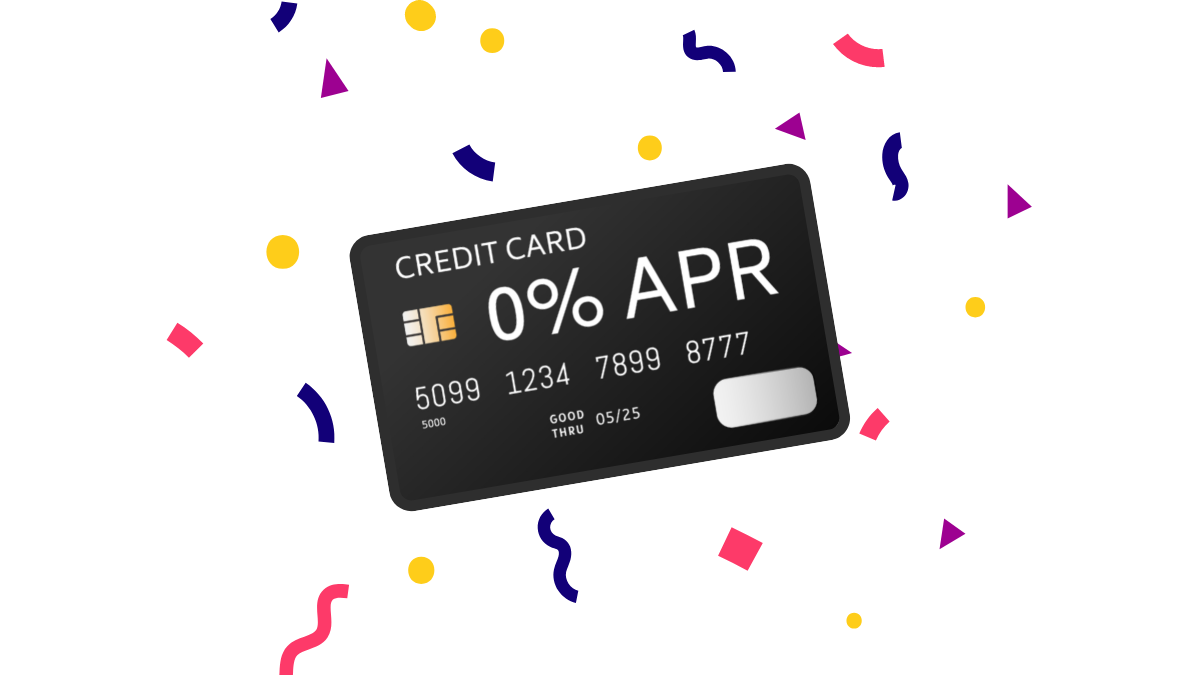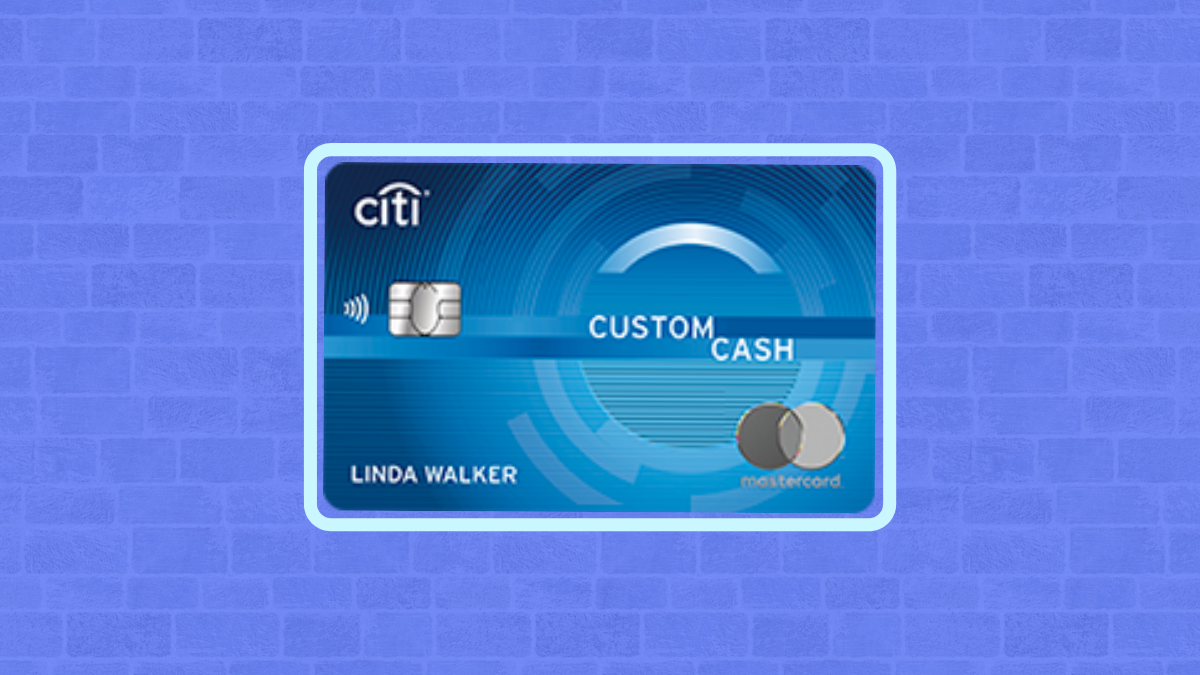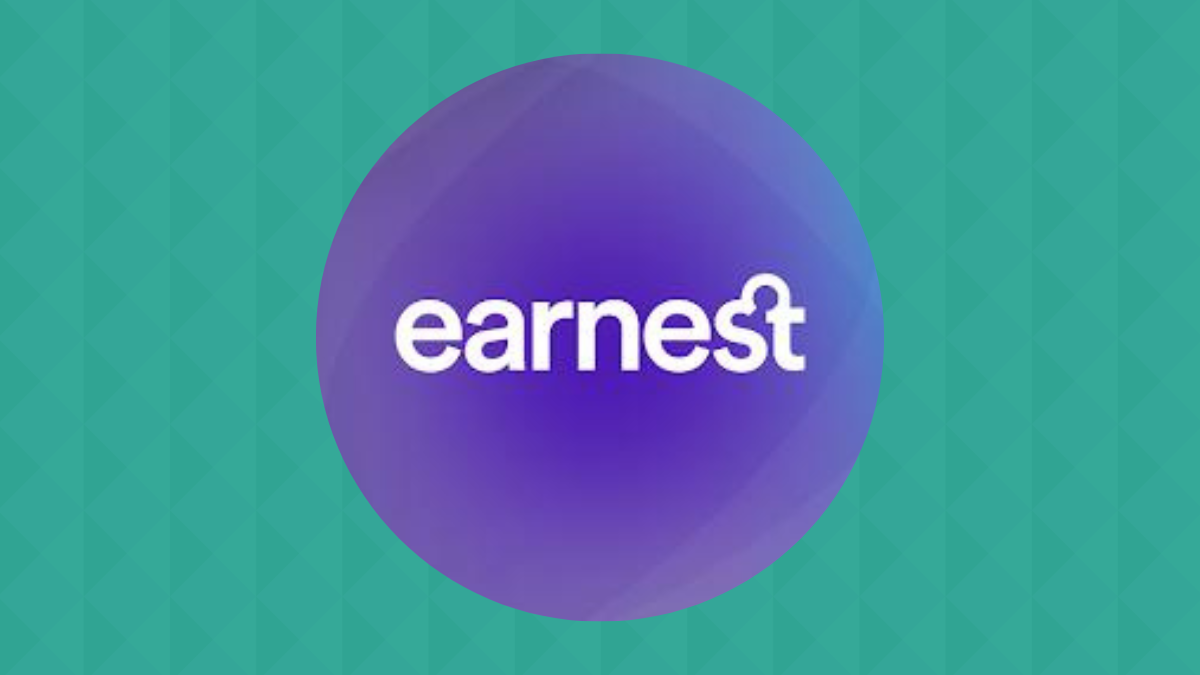Investments
5 ways to save if you’re afraid of investing
In this article, you will learn about 5 ways to save money which reduce your risk and give you peace of mind.
Advertisement
Grow your wealth over the long term with virtually no risk to your money

Investments are one of the most proven ways to save and build wealth over the long term. However, when we hear “investments”, we tend to think mostly about high-risk investments.
Investing is not only about trying to time the best time to buy and sell stocks and constantly looking to outperform the market.
This is what highly trained professionals do, and they often fail at their jobs.
However, learning how to better allocate your money without incurring unnecessary risks is still important.

8 Ways to Protect Your Money During a Recession
If you are looking for ways to protect your money during recession, you have come to the right place. Read on and learn how.
One way of doing that is by spreading your money over a few different accounts that offer a decent return with virtually zero risk.
We say “virtually” because there is no such thing as “no risk”. Even if you keep your money under the mattress.
There are more intelligent ways to save for the future than just keeping the money in your checking account.
If you want to learn how to earn a decent return on your money with minimum risk, you have come to the right place.
Here are 5 ways to save if you are afraid of investing.
1. Get a high-yield savings account
The reason you shouldn’t keep your extra money in a checking account is that it brings no extra cash through interest.
In fact, not getting interest on your money will make it lose value over time due to inflation.
Inflation makes prices rise, and if you had $100 saved last year, they will not buy you the same things today as they would a year ago.
A high-interest savings account will protect you from that. This is a good way to make your money grow with little to no effort.
However, keep in mind there are different types of savings accounts, and the one you should get is a high-yield savings account.
A regular savings account will give you an average of 0.01% a year in interest, whereas a high-yield savings account can provide you with anywhere from 1% to 2% a year.
Although this type of account will not make you rich through high earnings, they are definitely going to protect your money from inflation.
Plus, you can access the money whenever you need it.
You will be redirected to another website
By submitting this form, I agree that I am 18+ years old and I agree to the Privacy Policy and Terms and Conditions. I also provide my signature giving express consent to receive marketing communications via automated emails, SMS or MMS text messages and other forms of communication regarding financial products such as credit card and loans. Message frequency varies and represents our good faith effort to reach you regarding your inquiry. Message and data rates may apply. Text HELP for help or text STOP to cancel. I understand that my consent to receive communications is not a condition of purchase and I may revoke my consent at any time.
2. Use Certificates of Deposit (CDs)

CDs are long-term savings accounts that have a fixed interest rate and a maturity date. Because they have a maturity date, you must make sure you will not need this money until that date comes.
You can find CDs with terms ranging from a couple of months to a few years.
Typically, the longer the period you commit the money, the higher the interest you will get.
Something to watch out for are interest rates. Right now the FED has been raising interest rates.
Since CDs have a fixed interest rate for the duration of the term, if you commit your money now and the FED raises interest further, you will be earning less than the current rate.
This type of account is just as safe and low-risk as a high-interest savings account.
However, while you can start a savings account with very little money, CDs have minimum dollar requirements.
It shouldn’t be difficult to start a CD account if you have enough money to meet the minimum requirements.
But if you only have a few dollars at hand, make sure to check what the minimum requirement is before getting started.
3. Try micro-investing
When it comes to investing, a little bit goes a long way. Currently a number of banks offer to round up your purchases and place any extra change into a savings account.
Earning a little bit more through investing your spare change is what we call “micro-investing”.
You can do this through services such as Acorns, which syncs with your debit and credit cards to round up purchases to the nearest dollar.
Any extra change goes into a portfolio of ETFs (Exchange Traded Funds). ETFs are baskets of different securities such as bonds, stocks and other assets.
ETFs undergo volatile price changes, which makes them higher risk.
However, you would be investing such a small percentage of your money that any radical price changes would not affect your overall finances.
Besides, higher risk means higher return. Micro-investing gives you an opportunity to earn a little bit extra money without taking on a risk you could not tolerate.
4. Use robo-advisors

This is a tool that works especially well for individuals who have a little more tolerance to risk.
Robo-advisors are automated, passive investing platforms which create and manage portfolios.
To create your portfolio, the platform will ask you a few questions to determine the type of investor you are.
It will also assess when you plan to cash out to determine how to better allocate your money.
A number of banks and investing platforms offer robo-advisors, such as the ones Wealthfront and Betterment offer.
These two are some of the most popular ones and have no minimum money requirements for you to get started.
While they do charge a minimal annual flat rate, once you get started with your investments, you will never have to do any rebalancing on your portfolio.
Remember that you may experience a drop in earnings, but this is part of any investor’s journey.
Be patient, and eventually your portfolio will rebound and the platform will make the necessary adjustments for you.
5. Invest in Treasury securities
Treasury securities are fully backed in credit and faith by the government.
This means the government itself guarantees not only the money you have invested, but also the interest payments over that investment.
There is a condition to that though: Just like CDs, you must hold the Treasury securities you have bought until their maturity date.
You’ll find three main types of Treasury securities
- Treasury Bills with maturities ranging from days to up to a year
- Treasury Notes with maturities ranging from 2 to 10 years
- and Treasury Bonds with a 30-year maturity.
Treasury Bills are sold at a discount from their face value. Treasury Notes make interest payments every six months, and so do Treasury Bonds.
While you will not be getting rich from investing in Treasury securities, they still have earning potential and are very low risk.
Learn about Stocks to diversify your investment portfolio
You can pick stocks if you are already ready for a bold investment choice. The risks are a little higher, but so are the chance of earning.
We’ve made a complete article with everything you need to know about stocks. Keep reading the following content to improve your knowledge of the investments field.

Stocks as an Investment
Before investing in stocks it's important to know a few basic things. We are going to tell you what you need to know.
About the author / Danilo Pereira
Trending Topics

OpenSky® Secured Visa® credit card application
Apply for the OpenSky® Secured Visa® credit card even if you have a bad credit score. Choose your credit limit and rebuild your finances.
Keep Reading
Best 0% APR Credit Cards
Paying interest on your credit card's balance is not fun. That's why we've made this list with the best 0% APR credit cards!
Keep Reading
Citi Custom Cash℠ credit card review: earn 5% cash back in your top spending category
If you're looking for a credit card with 5% cash back on convenient categories and a $200 welcome bonus, read this Citi Custom Cash℠ review!
Keep ReadingYou may also like

Earnest Private Student Loan review
Any student looking for a flexible loan should take a look at this Earnest Private Student Loan review. Read this post to learn about it!
Keep Reading
How to join and start banking with First Internet Bank of Indiana?
One way to join First Internet Bank of Indiana is to apply for an account and start enjoying the benefits. Read on to learn how to do it!
Keep Reading
The Best Apps to Edit Your Photo and Fuel Your Creativity
Looking to improve your photography skills? Discover the ultimate collection of best apps to edit your photo and make it pop!
Keep Reading